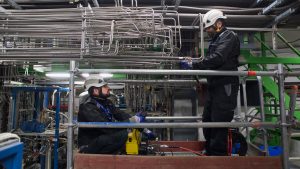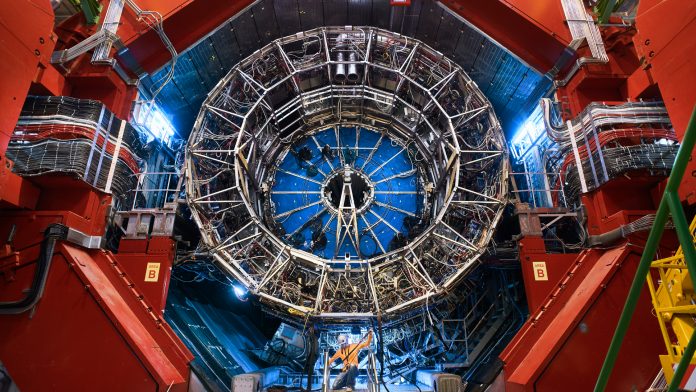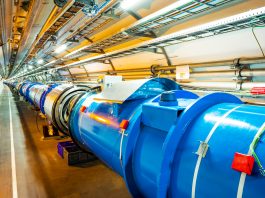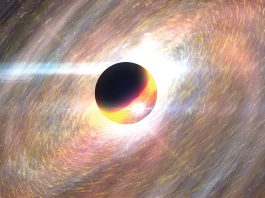Caitlin Magee of Innovation News Network speaks to Luciano Musa, senior physicist at CERN, about his latest work mimicking antideuteron production.
Deuterium is one of two stable hydrogen isotopes, the nucleus of which, named deuteron, contains one proton and one neutron. Its antimatter counterpart, antideuteron, has recently been the subject of an extensive study at CERN.
Innovations News Network’s digital editor, Caitlin Magee spoke to Luciano Musa, senior physicist at CERN and spokesperson of the ALICE Collaboration, about the production of antideuteron. “The mechanism behind the formation of antideuteron is not yet fully understood. They can be produced in the collision of a high energy proton or nucleus with another proton or nucleus. These collisions occur in nature, for example in the collision of a cosmic ray proton on a proton or nucleus in the interstellar medium,” commented Musa.
CERN’s ALICE collaboration has recently presented new results on the production rates of antideuterons. These finding were based on data collected at the highest collision energy delivered so far at CERN’s Large Hadron Collider (LHC), which is the world’s largest and most powerful particle accelerator. Musa believes that “it is important to understand that deuterons have already been observed in space, from cosmic rays. While antideuterons from cosmic rays have not yet been observed. The possible presence of anti-deuterons in our Galaxy could be due to reactions of high-energy cosmic rays with the interstellar medium, but it may also reveal more exotic sources, such as dark-matter annihilation or decay”. These recent finding allow to better estimate the rate of production of antideuterons by the collision of cosmic rays with the interstellar medium, as well as the rate of their annihilation caused by encountering matter in their journey from the outer space. This will allow to infer the existence of dark matter from the possible detection of these anti-nuclei in space.
Astrophysical and cosmological studies indicate that dark matter is the dominant form of matter in the Universe, accounting for approximately 85% of all matter. Detecting antideuterons in space could be an indirect signature of dark matter, as they can be produced during the decay of neutralinos or sneutrinos, which are hypothetical dark matter particles.

Using the LHC to produce deuteron and antideuteron
Antideuterons can also be produced using high energy particle accelerators. The first experimental evidence of the existence of antideuterons dates back to the 1960s, where researchers used the CERN Proton Synchrotron (PS) and the Brookhaven Alternating Gradien Synchrotron (AGS) to fire a proton beam at a nuclear target using beryllium. “Now, antideuterons have been measured by different experiments at several particle accelerator facilities, in particular at CERN’s LHC where we saw these collisions produce antideuterons and even heavier nuclei such a Helium-3 and Helium-4. The LHC is a real antinuclei factory,” said Musa.
By colliding protons in the LHC, ALICE scientists mimicked antideuteron production through cosmic ray collisions, and could thus measure the production rate associated with this phenomenon, as well as their absorption in different materials. Musa states: “We produced a large amount of antinuclei at the LHC. Essentially, there is one antideuteron detected by the ALICE apparatus every few thousand proton collisions and one every 5-10 lead nuclei collisions.”
“These results that we have announced are based on a sample of 950 million proton collisions. The total number of detected antideuterons is 380,000, which is the largest sample of antideuterons in proton collisions ever measured. This research allows us to verify in detail the theoretical models that are used to explain their production mechanism.”
In the future, these types of studies at ALICE could be extended to heavier antinuclei. “The LHC and the ALICE experiment represent a unique facility to study antimatter nuclei,” explains Musa. “This research will continue to provide a crucial reference for the interpretation of future astrophysical dark matter searches.”









